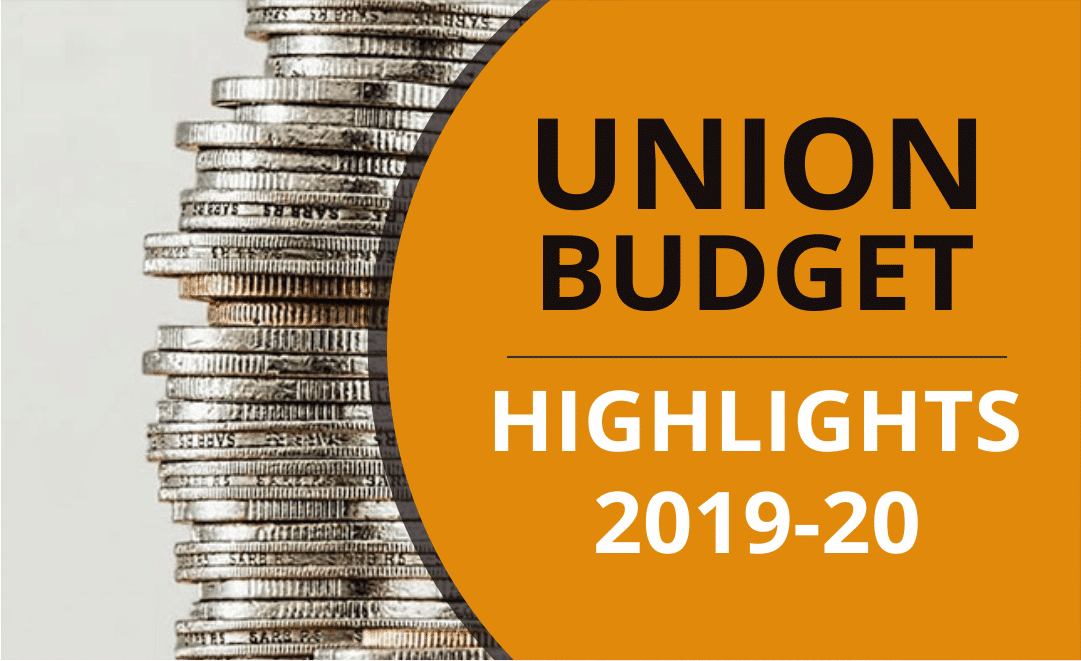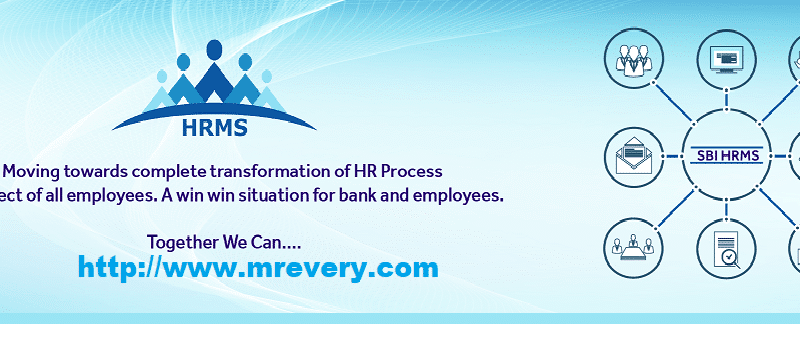Budget 2019-20: Highlights and Tax Slab

The Modi government today submitted the Union Budget 2019-20 after a pre-election populist budget in February 2019 to increase infrastructure and foreign investment at a moment when the economy is showing signs of a slowdown.
Taking a pragmatic strategy, Finance Minister Nirmala Sitharaman today announced no adjustments to personal income tax rates, but a surcharge was levied on the super wealthy. She also attempted to boost development by reducing corporate tax and sops to the housing, start-ups and electric vehicles sectors.
Sitharaman said that digital payments will become cheaper, govt will launch an ATM-like One Nation One Card for pan-India travel, and fresh model rental legislation will be introduced to increase affordable housing.
Here are all the major points from the speech of the Finance Minister
Taxes:
- No change in rates of personal income tax.
- Additional Rs 1.5 lakh tax relief on home loan to buy a house up to Rs 45 lakh.
- Custom fuel hike by 1 rupee, gold and valuable products ; petrol & diesel to get more expensive.
- 3% surcharge on Rs 2 crore revenue; 7% on Rs 5 crore and above.
- Corporate tax with revenue of up to Rs 400 reduced from the present 30% to 25%.
- PAN and ITR Aadhaar interchangeability for those without PAN cards.
- The GST Council recommends reducing the tax rate on EVs from 12% to 5%.
- On tiles, cashew kernels, vinyl flooring, auto parts, some synthetic rubber, digital and video recorder and CCTV camera, duties have been increased.
Affordable housing:
- Democratic rental laws. To promote house renting, modern tenancy policy will be shared with countries.
To promote digital payments:
- 2% TDS on the annual withdrawal of Rs 1 crore from your company payment bank account.
- No electronic payment fee: MDR fees for cashless payment refunded.
Living convenience:
- NRIs Aadhaar card upon arrival in India.
- Rs 3,000 monthly pensions for informal sector employees
Transportation
- Interoperable One Nation One transportation card: ATM-like universal transportation card on different modes of transportation (metro, highway, rail, etc.).
- Govt plans to establish the manufacturing, repair and operating industries of MRO.
- PPP to be used to develop and deliver passenger freight services more quickly.
- A comprehensive restructuring of the National Highways Grid Development Program.
- Government plans to use rivers to decontaminate highways and railways
Economy:
- Fiscal deficit of 3.3% of GDP in FY 19.
- Govt will begin to raise some foreign currency borrowing.
- Govt’s external GDP debt is one of the world’s lowest.
Women empowerment:
- Nari tu Narayani: Women SHG Interest Subsidy Program to expand to all Indian districts.
- Rs 1 lakh loan to be granted to employees of SHG females.
- Rs 5,000 rupees overdraft facility can be used by every verified female SHG member with a Jan Dhan account.
Banking reform:
- Govt will provide one-time 6-month loan guarantee when purchasing high-rate pooled NBFC assets amounting to Rs 1 lakh crore in this FY.
- Proposal to provide PSU banks with Rs 70,000 crore capital.
- HFC (Housing Finance Cos) regulation to transfer from the National Housing Bank to RBI.
Divestment:
- Aim to revise this policy of maintaining 51% interest in PSUs.
- Continue to strategically divest selected CPSEs.
- Rs 1.05 lakh crore target for FY 20.
Railways:
- A fresh model of PPP will introduce Indian railways to fresh dawn.
- Railways should be urged to invest more through SPVs in the suburban rail network.
- Railways will need Rs 50 lakh crore investment between 2018 and 2030.
- Massive railway station upgrade program to be introduced in 2019.
MSME:
- Proposal for startups to limit angel tax.
- Angel tax: The I-T department will not require scrutiny for start-up.
- 2% interest subsidy on new or incremental loans for GST-registered MSMEs.
- The scheme’ Stand Up India’ to proceed until 2025.
- New start-up television channel.
- Pension advantage expanded to retail traders with less than Rs 1.5 crore annual turnover.
- Creation of a new payment platform for MSMEs.
Education:
- Govt to launch the program ‘ Study in India’ to attract higher education learners from abroad.
- Allocate Rs 400 crore to higher education organizations of world class in the 20th financial year.
- Unveiling a fresh policy on education.
- National Research Foundation to finance, coordinate and encourage country-wide research.
- New Commission for Higher Education focusing on greater autonomy.
- New domestic education policy for the school and higher education modifications.
Tourism:
- 17 to be created iconic world-class tourist sites. FDI:
- Local supply standards for the single-brand retail industry will be relaxed.
Investment:
- Rationalization and simplification of existing KYC standards for FPIs to make it more investor-friendly.
- Market long-term bonds.
- Enabling FIIs & FPIs to invest in NBFC debt securities.
- Credit Guarantee Enhancement Corporation to establish long-term bonds focusing specifically on the infra-sector.
- Propose SEBI Social Stock Exchange to list social enterprises and voluntary organizations.
- Open FDI in the fields of aviation, insurance, AVGC animation and media.
- A fusion of portfolio path NRI with route FPI.
- In some businesses, the statutory limit for foreign investment should be increased.
- Setting up a corporation to enhance loan guarantee.
- Govt will take action to interoperate RBI & SEBI depositories.
- SEBI to mull from 25% to 35%, increasing the minimum government shareholding.
- User friendliness of corporate bond trading platforms, including problems resulting from International Capping, will be assessed and Number of identification of securities.
- Deepening the three-party corporate repo market for corporate debt securities. Plan to allow inventory exchanges to provide collateral for AA-rated bonds.
- Annual Global Investor Meeting to attract worldwide players to come to India to invest.
- To enable FPIs to subscribe to REITs ‘ listed debt documents.
Automotive industry:
- The FAME II scheme aims at promoting quicker electric vehicle adoption through the correct incentives and charging infrastructure.
For Rural India:
- our government’s focus is on Gaon, Garib and Kisan.
- The ministry of New Jal Shakti will work with nations to secure Har Ghar Jal for all rural buildings by 2024.
- Phase 3 of Pradhan Mantri Gram Sadak Yojana is planned to increase the length of 1,25,000 km over the next 5 years.
- Govt is setting up 100 fresh clusters in FY 20 for 50,000 craftsmen.
- Invest Rs 80,250 cr under PM Gram Sadak Yojana to upgrade highways.
- All rural families, except those reluctant to have electricity by 2022.
Agriculture:
- Promoting innovative zero Budget agriculture.
- 10,000 fresh organizations producing farms.
- 80 Livelihood business incubators and 20 technology business incubators to be set up under ASPIRE in 2019-20 to create 75,000 qualified agro-rural entrepreneurs.
Space:
- India arose as a significant force in space. It’s time to commercially exploit our capacity.
- New Space India Limited (NSIL) was integrated into ISRO’s tap advantages.
Sports:
- The National Sports Education Board is set up under ‘ Khelo India ‘ to popularize sports at all levels.
Economic state:
- Railways will involve Rs 50 lakh crore investment from 2018-30 onwards.
- Schemes like Bharat Mata, Sagarmala and UDAN bridge the urban divide of rural areas and improve our transport infrastructure.
- Gandhipedia’ is being created to appreciate the beneficial Gandhian values of young people.
- In the latest election, the people’s unambiguous mandate set the ball rolling for New India.
- In the last four years, NPAs recover Rs 4 lakh crore, NPAs down Rs 1 lakh crore in the last one year.
- The inauguration of Rashtriya Swachhta Kendra in Rajghat on 2 October.
- The Indian people have confirmed their two objectives for the future of our country: national security and economic growth.
- Yakeen ho to koi raasta niklata hai, hawa ki awt(protection) bhi le kar chiragh jalta hai’.
- It took us more than 55 years to achieve a $1 trillion economy, but in just 5 years we added $1 trillion.
- In the next few years, we could very well achieve $5 trillion.
- Last mile delivery stood out, people felt the distinction in every corner of the nation; our goal was and continues to be Mazbooth Desh Ke Liye Mazbooth Nagarik.
- The government sets out a 10-point New India vision.
- This year, India will become an economy of $3 trillion. To attain a financial objective of $5 trillion, we need to continue taking many structural reforms.
- Connectivity is the economy’s lifeline.
READ ALSO:
- How To Delete and Temporarily Deactivate Your Kik Account
- Asus Zenfone 6 2019 (Zenfone 6z) Price in India June 2019, Specifications, Release Date
- Samsung Galaxy Note10 Pro Specification
- HR E-Mail Id’s
- Free Movies & TV Serials Download Sites For 2019
- How To Password Protect a Folder in Windows by cmd without any software
- Source Code for final year college student
- How to Download Video and Audio from YouTube for free




